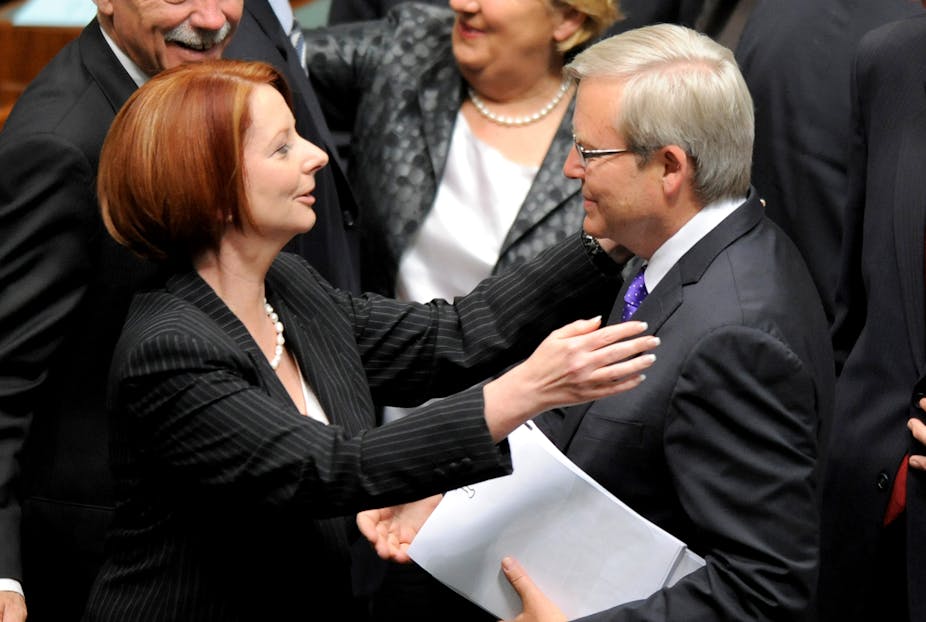Australian businesses are facing a significant new policy regime with the passing of the Federal Government’s controversial emissions trading legislative package through the House of Representatives.
As part of a raft of legislation, which passed on a vote of 74 to 72 this morning, a fixed carbon price of $23 a tonne will be imposed from July 1 next year.
In 2015, the package will convert to an emissions trading scheme with a floating price starting at a floor of $15.
But we should’t expect dramatic consequences - at least not immediately. Frank Jotzo, Director of the Centre for Climate Econmics and Policy explains why.
Today, the carbon tax package passed the House of Representatives. Does this finally mean certainty for business?
There remains the question of the commitment given by the Leader of the Opposition Tony Abbott to repeal the carbon pricing legislation. It remains to be seen how that pans out, but there are some big hurdles both politically and practically in repealing that legislation.
First of all it would, in all likelihood, require a double dissolution election, which is quite a lengthy process.
On the policy side of things, it would require finding the money to maintain the package’s income tax reductions, because in my view, rolling back these income tax cuts would be politically impossible.
It’s not an attractive proposition for a future government to lower the income tax threshold, for instance, so that money would need to be found elsewhere.
Businesses will now put their mind to working with the scheme, as opposed to attempting to design it in a way that suits them most.
Once they are working with it and reorienting some of their business practices in light of the price on carbon, and making investments on the basis of it, the incentive to remove it will have reduced drastically.
For many businesses, the last thing they will want is a reversal of policy and going back to the drawing board, when of course both major parties are committed to achieving emission reductions and it’s really only a question of what types of policies are used to do it.
So, on a practical level what should business be doing now?
Business will be factoring in higher costs for some of their inputs and pricing decisions and crucially, in their investment decisions.
Faced with an alternative of a more efficient boiler that is more expensive than a less efficient boiler, an industrial producer would be more likely to opt for the choice that carries less energy consumption or the option that involves less emissions.
We are already hearing anecdotal evidence from coal mines now it is clear that carbon pricing legislation is coming in, they have put their minds to how they can actually change their operations at the coalface as it were, rather than lobbying against the policy. The biggest effects will be in investment decisions in large industries and in electricity generation.
All of these changes are very gradual and many have already begun. Most businesses have already been factoring in the probability of a carbon price for some time, they just didn’t know what the probability actually was.
And they didn’t know until earlier this year what the carbon price would be. For them it’s really a matter of having a greater amount of certainty – there will actually be a price on carbon for the forseeable future and that will have a gradual effect in terms of current operational decisions and future investment decisions.
On July 1, 2012 nothing will happen that is perceptible to us in terms of how things operate. It’s just that a whole lot of financial and administrative operations are changing on that date.
But in terms of the actual changes in the economy, they have already started and will continue to gradually ramp up over many, many years.
Really, the whole policy is the likely first step on the long road to sensible and effective climate change policy.

